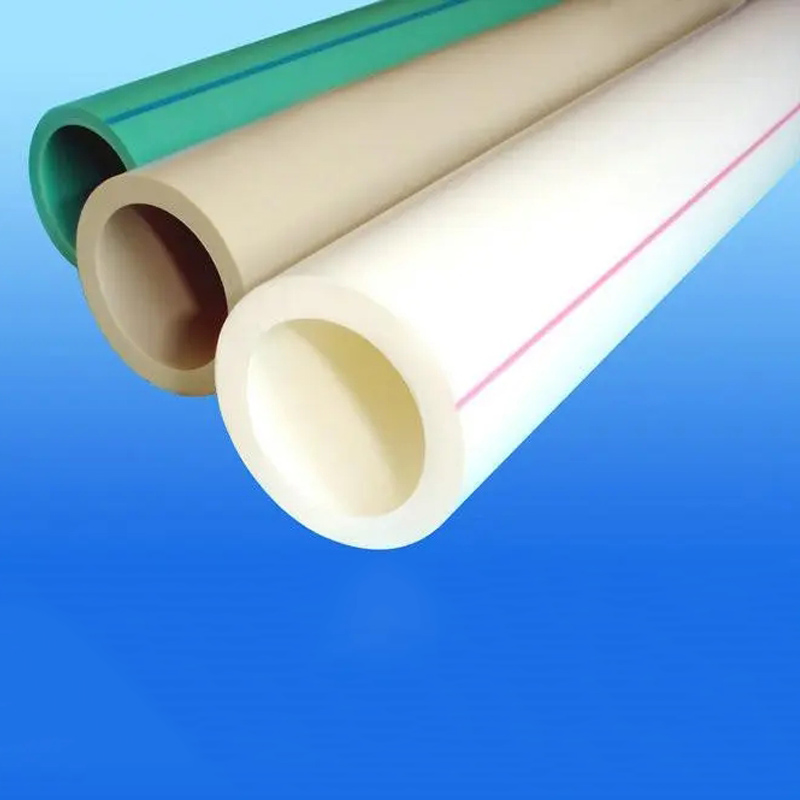Mar . 02, 2024 12:23 Back to list
What Are PPR Pipes Used For?
PPR pipes, also known as Polypropylene Random Copolymer pipes, are a type of plastic piping used in a variety of applications including plumbing, HVAC, and industrial purposes. Made of a special blend of polypropylene, they offer several advantages over other types of piping materials.
Why Are PPR Pipes Preferred in Different Applications?
One of the main advantages of PPR pipes is their durability. They are highly resistant to corrosion, making them ideal for use in areas where the water is highly acidic or contains high chlorine levels. This durability also makes PPR pipes long-lasting and a cost-effective option for plumbing and HVAC applications.
DN25 PPR water pipes for kitchen
Another key feature of PPR pipes is their flexibility. Unlike metal pipes, they can bend and curve without breaking, making them ideal for use in tight spaces or around corners. This flexibility makes them easier to install, saving time and labour costs.
PPR pipes are also heat resistant, which makes them suitable for use in hot water applications. They can withstand temperatures of up to 95°C without losing their shape or cracking. This makes them ideal for use in hot water systems and radiant floor heating systems.
In addition to their durability and flexibility, PPR pipes are also eco-friendly. They are made of a type of plastic that is free of heavy metals and other toxic substances, making them safe for use in potable water systems. They are also recyclable, which makes them a more sustainable option compared to traditional piping materials like copper or iron.
Can You Choose PPR Pipes for Industrial Applications?
PPR pipes are a versatile and durable option for a variety of plumbing, HVAC, and industrial applications. Their heat resistance, flexibility, and eco-friendly properties make them popular among engineers and contractors. Whether you’re looking for a cost-effective piping solution or a material that is safe for use in drinking water systems, PPR pipes are a smart choice.
-
High-Quality PVC Borehole Pipes Durable & Versatile Pipe Solutions
NewsJul.08,2025
-
High-Quality PVC Perforated Pipes for Efficient Drainage Leading Manufacturers & Factories
NewsJul.08,2025
-
High-Quality PVC Borehole Pipes Durable Pipe Solutions by Leading Manufacturer
NewsJul.08,2025
-
High-Quality PVC Borehole Pipes Reliable PVC Pipe Manufacturer Solutions
NewsJul.07,2025
-
High-Quality UPVC Drain Pipes Durable HDPE & Drain Pipe Solutions
NewsJul.07,2025
-
High-Quality Conduit Pipes & HDPE Conduit Fittings Manufacturer Reliable Factory Supply
NewsJul.06,2025


